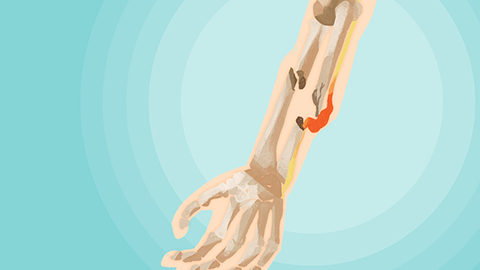Is conservative treatment or minimally invasive surgery better for compression fractures?
In general, whether conservative treatment or minimally invasive surgery is chosen for compression fractures depends on the patient's age, degree of fracture, and overall health condition. There is no absolute right or wrong choice; the optimal option is the one that best suits the individual’s circumstances. The specific analysis is as follows:

If the patient is relatively young, has a mild fracture without significant displacement, and is in good general health, conservative treatment may be more appropriate. Conservative management primarily involves bed rest, wearing a brace, pain medication, and rehabilitation exercises. This approach avoids surgical trauma, but requires prolonged bed rest, which may increase the risk of complications such as pulmonary infection and thrombosis, and typically involves a longer recovery period.
For older patients, those with more severe fractures, or individuals experiencing significant pain that affects daily life, minimally invasive surgery might be a better option. Minimally invasive procedures involve less trauma and allow faster recovery, quickly relieving pain and reducing complications associated with prolonged bed rest. However, they require certain baseline health conditions and carry inherent surgical risks, so a decision must be made after thorough evaluation by a physician.
During treatment, it is important to maintain proper body positioning and avoid pressure on the fractured area. Additionally, adequate intake of calcium and vitamin D should be ensured to promote bone healing, and rehabilitation exercises should be gradually introduced according to the progress of recovery.




